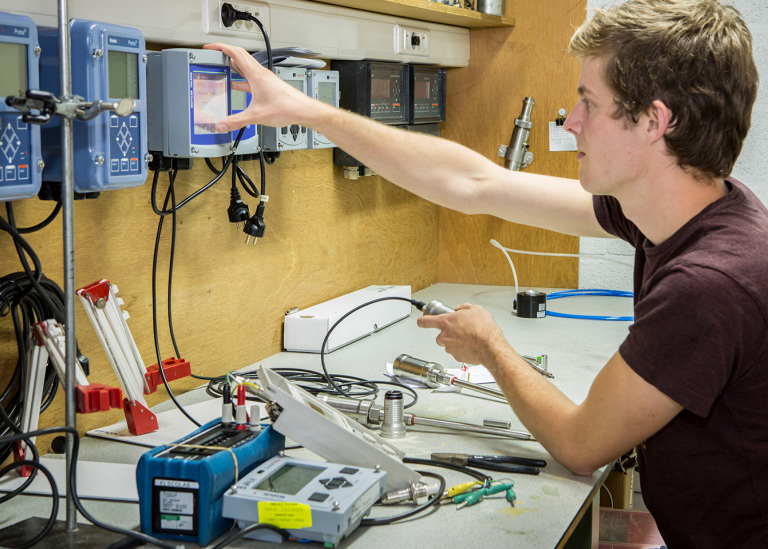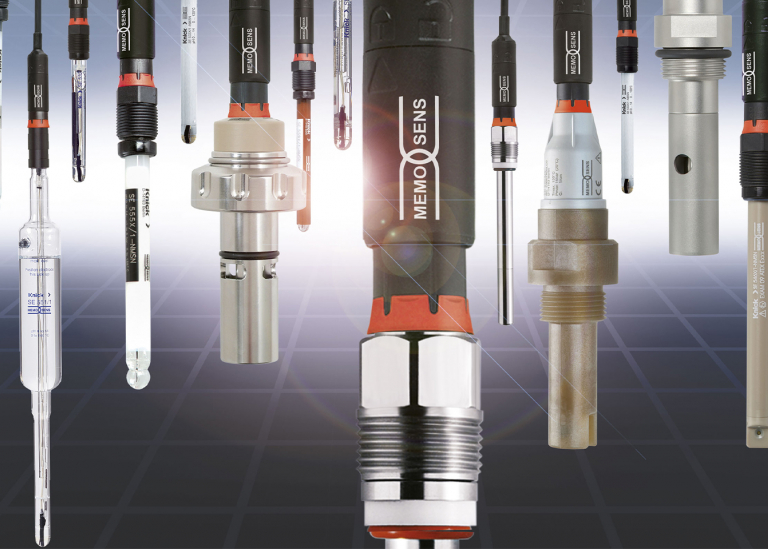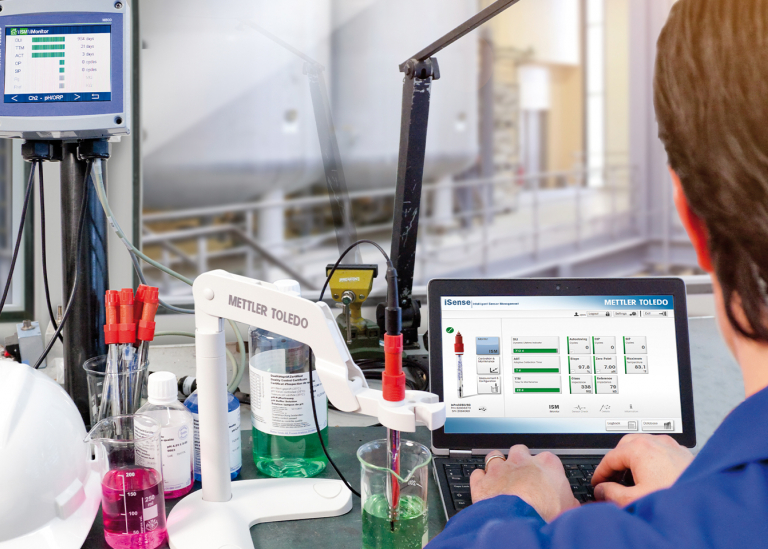
Predictive Maintenance
Analyser specialists, measurement and control engineers agree: to keep an analyser or inline measurement in good condition, you need to build a relationship with it. You have to know your device inside out. Who doesn’t know the stories about equipment that works perfectly for years, but refuses service after the regular maintenance man retires?
Periodic, preventive and predictive maintenance
You can look at industrial maintenance in different ways. For example, maintenance managers distinguish among other things, between periodic, preventive and predictive maintenance.
With periodic maintenance, a predetermined action is taken at predetermined times. Preventive maintenance is the maintenance or replacement of parts, even when this is not actually necessary. This can be done, for example, when you are working on the device and fear that a component will not last long. You replace it as a precaution.
When you have intelligent sensors and analysers, you have the digital tools to embrace the predictive maintenance concept as well. This latest vision of maintenance relies on the intelligence built into the sensors or analysers themselves. Crucial parameters that (also) determine the service life or proper functioning are monitored in the background by the devices themselves. When necessary, they give a timely warning. Predictive maintenance is a concept that reduces direct maintenance costs, avoids unexpected costs and extends the service life of your installation.
Your digital crystal ball
Sensors and analysers from ELSCOLAB can be used perfectly in a predictive maintenance programme. Our intelligent process analysers take into account e.g. process conditions, sensor loads, operating time and wear. A sophisticated algorithm calculates the time until the next service or when the next calibration has to be carried out.
Some specific examples
As long as the lamp is on...
Take, for example, a TOC analyser. The UV lamp must of course be replaced from time to time. But when exactly? Not after a fixed period, because suppose the process you are monitoring does not run continuously and is subject to fluctuations in production. When production is in full swing, you want to be sure that the TOC analyser can keep up. The analyser keeps you constantly informed about how long the UV lamp can still work at full intensity. In quieter periods, when there’s no constant water flow (at weekends, shutdowns, production interruptions), lamp wear decreases and the time for maintenance is extended. But if the UV lamp is switched on and off too often, it wears out even faster than under a continuous regime. The remaining time is also adjusted accordingly. The Time-To-Maintenance (TTM) of the TOC analyser is dynamic!
Reduce direct maintenance costs, avoid unexpected costs and extend the life of your installation with a predictive maintenance programme.
Keep an eye on the prism
Another example is the Quality Factor (QF) in a refractometer for Brix measurement or concentration determination. The QF constantly monitors the status of the prism (the heart of the analyser). When the QF deteriorates (too quickly), a notification is sent that maintenance is required.
Interval training
The service life of, for example, a pH electrode is not a constant. It depends on the pH of the liquid itself, the temperature, the cleaning, the type of sensor, etc. The intelligence in the sensor takes all these things and more into account to determine the dynamic lifetime of the electrode, the so-called DLI or Dynamic Lifetime Indicator. Under varying process conditions (such as in some batch processes) the DLI will rise and fall. This way you know at any time when the electrode needs to be replaced.
You’ve been warned
All algorithms that predict maintenance are based on digital systems. It goes without saying that you can follow the status of your analyser or sensor via digital communication (Profinet, Modbus, etc.) at anytime and anywhere. Do you still work with analogue 4-20mA signals? No need! A relay contact warns you in time.
More information?



